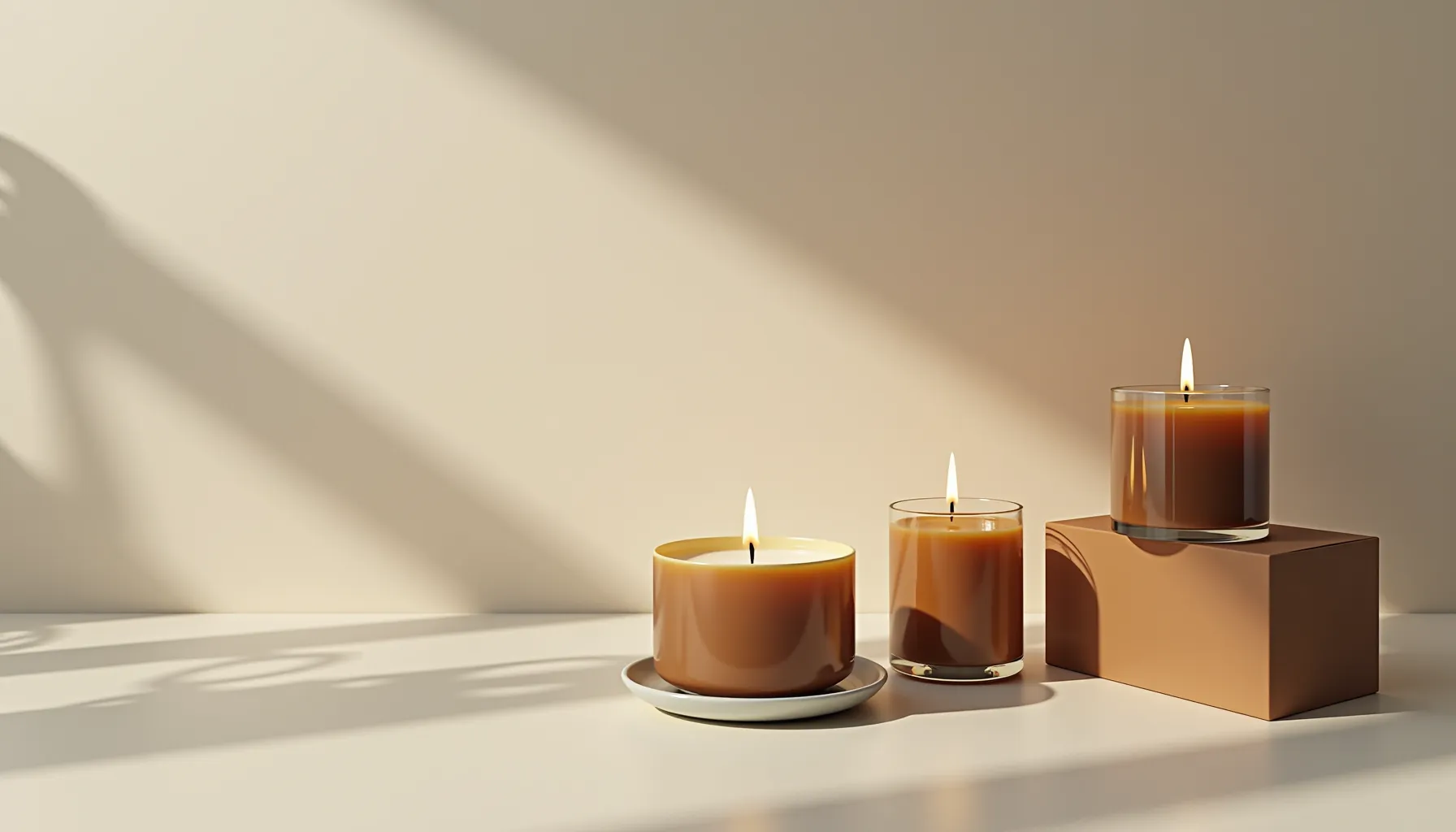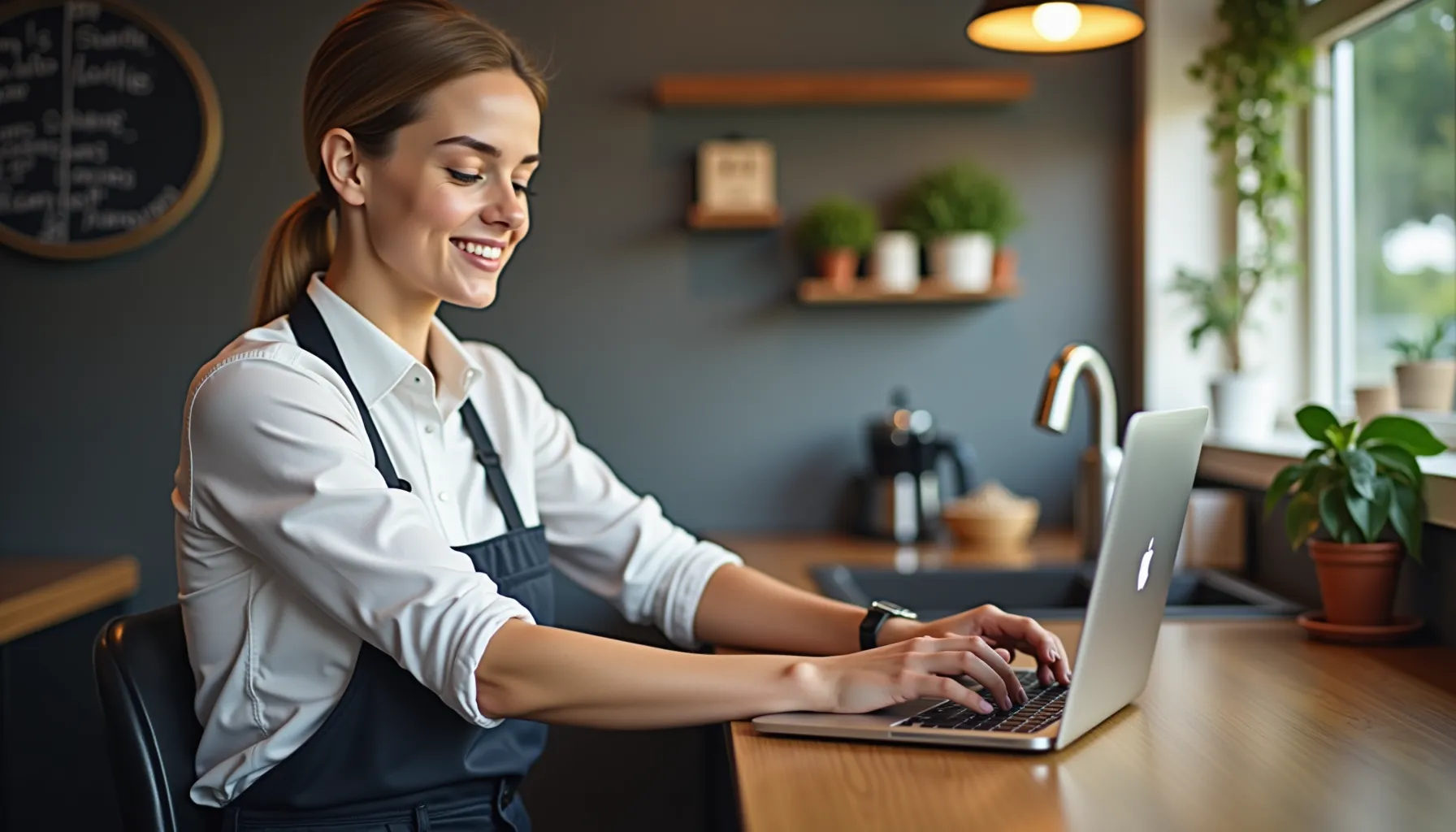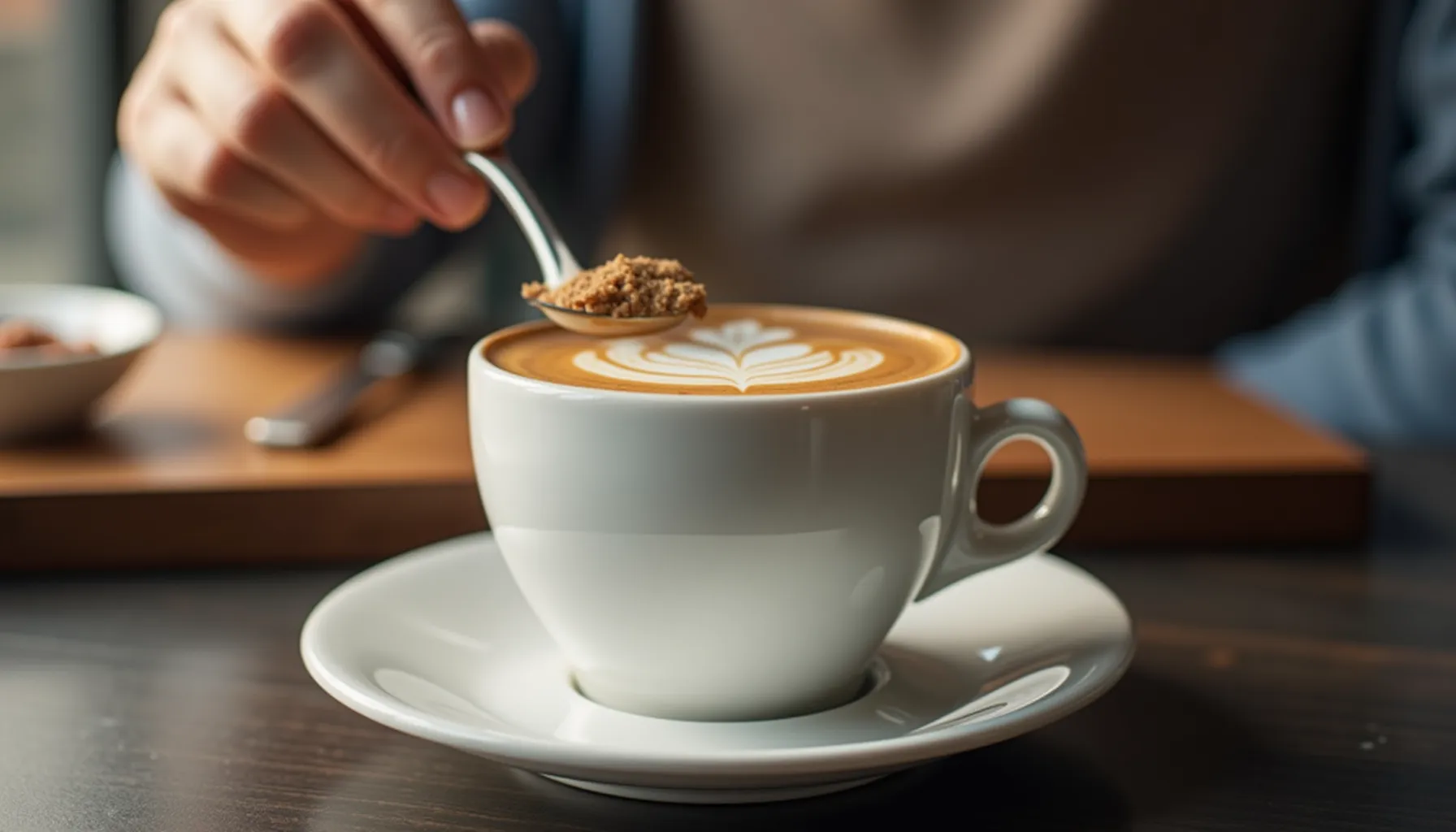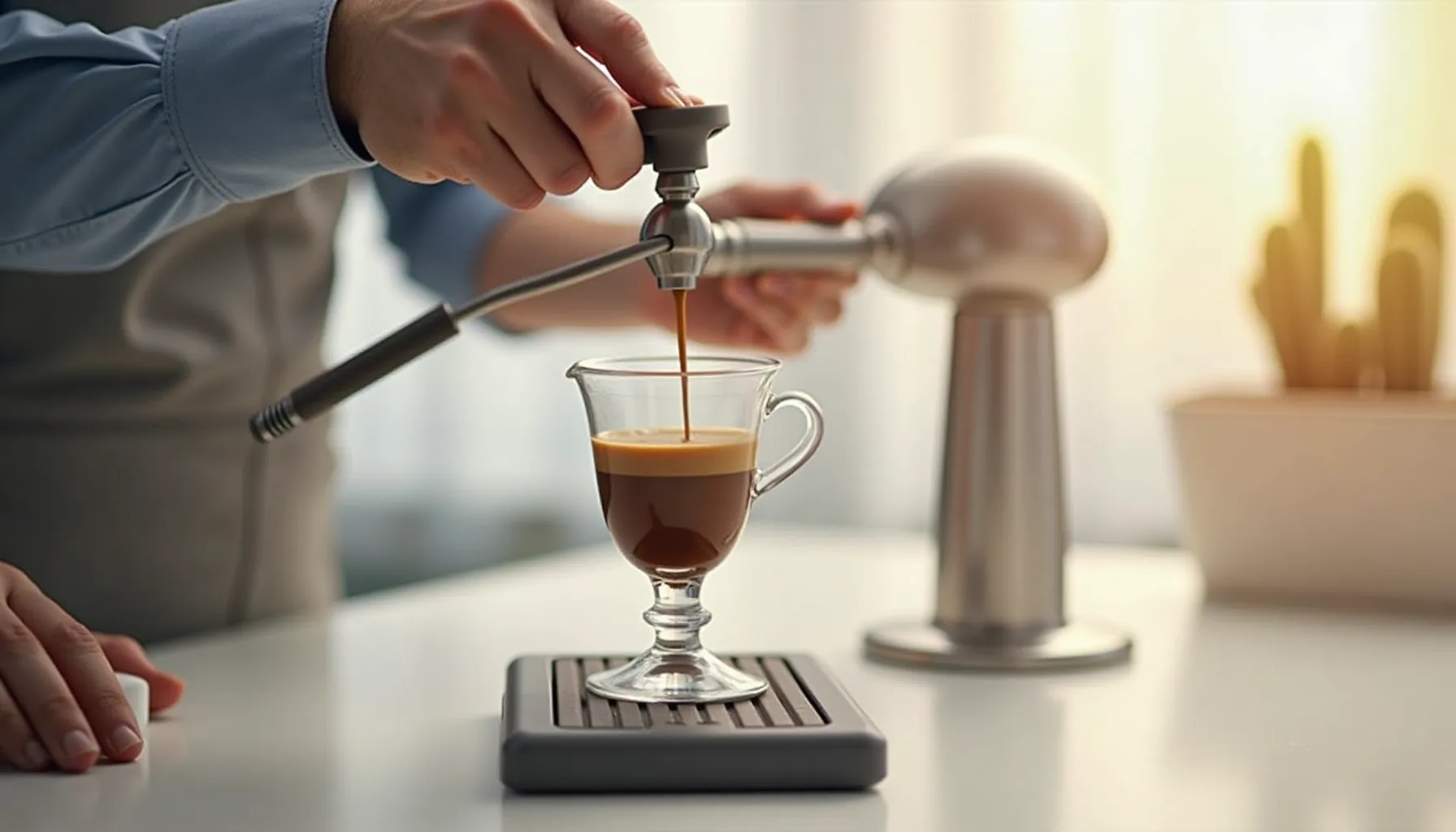Discovering the perfect Cuban coffee maker can transform your morning ritual into a delightful journey through rich flavors and aromatic bliss. As a coffee enthusiast who's spent years exploring various brewing methods, I can confidently say that the cafetera, or Cuban coffee maker, holds a special place in my heart and kitchen. This iconic stovetop espresso maker isn't just a tool; it's a gateway to the vibrant coffee culture of Cuba, right in your own home.
Remember the first time you tasted that intense, sweet Cuban espresso? The way it jolted your senses and left you craving more? That's the magic a Cuban coffee maker brings to your daily brew. Whether you're a seasoned coffee connoisseur or just starting your caffeinated adventures, this guide will walk you through everything you need to know about selecting, using, and loving your very own cafetera.
From understanding the different types available to mastering the art of brewing the perfect cup, we'll cover it all. You'll learn about the cultural significance behind this beloved device, tips for creating that signature espumita (foam), and even how to pair your Cuban coffee with traditional breakfast treats. So, grab your favorite mug, and let's dive into the world of Cuban coffee makers – where tradition meets flavor in every steaming cup.
Key Takeaways:
- Types of Cuban Coffee Makers: Explore various models and materials
- Brewing Techniques: Master the art of making authentic Cuban coffee
- Selection Guide: Choose the perfect cafetera for your needs
- Enhancing Your Experience: Discover essential accessories and coffee pairings
- Maintenance Tips: Keep your Cuban coffee maker in top condition

Types of Cuban Coffee Makers
When it comes to brewing authentic Cuban coffee, the cafetera is your trusty sidekick. These little powerhouses come in various shapes and sizes, each with its own charm. Let's break down the options, shall we?
Traditional Stovetop Espresso Makers
The classic choice for many coffee aficionados, stovetop espresso makers are the heart of Cuban coffee culture. They're simple, reliable, and produce that rich, robust flavor we all crave.
Aluminum vs. Stainless Steel Models
Aluminum cafeteras are lightweight and heat up quickly, perfect for that morning rush. They're also budget-friendly, which is always a plus. On the flip side, stainless steel models are more durable and don't affect the coffee's taste. They're a bit pricier but can last a lifetime with proper care.
Size Variations and Capacity
From single-serve to party-size, there's a cafetera for every occasion. A 3-cup model is great for solo sippers, while 6 or 9-cup versions are ideal for sharing with friends or family. Remember, we're talking espresso-sized cups here, not your grande latte mugs!
Electric Cuban Coffee Makers
For those who prefer a more hands-off approach, electric Cuban coffee makers are a game-changer. They offer convenience without sacrificing that authentic taste. Just plug in, add your coffee and water, and let the machine work its magic. Perfect for busy mornings or when you're entertaining guests.
Portable Options for Travel
Can't bear the thought of leaving your beloved Cuban coffee behind when you travel? Fear not! Portable cafeteras are here to save the day. These compact wonders are perfect for camping trips, hotel stays, or even sneaking a quality brew into the office. They're typically made of durable materials and designed to fit easily in a suitcase or backpack.
How to Use a Cuban Coffee Maker
Now that you've got your cafetera, it's time to brew some liquid gold. Don't worry if you're new to this – with a little practice, you'll be a pro in no time.
Step-by-step Brewing Process
Let's break it down into easy-to-follow steps. Trust me, once you get the hang of it, this process will become second nature.
Preparing the Coffee Grounds
Start with a fine, espresso-style grind. Cuban coffee is known for its strong flavor, so don't be shy with the amount. Fill the filter basket to the brim, but don't pack it down too tightly – you want water to flow through easily.
Assembling the Cafetera
Fill the bottom chamber with cold water, just below the safety valve. Insert the filter basket with your coffee grounds, and screw on the top chamber tightly. Make sure everything's snug to prevent any steam from escaping during brewing.
Brewing Techniques
Place your cafetera on the stove over medium heat. Keep an eye on it – when you hear a gurgling sound, that's your cue that it's almost done. Remove from heat just before it starts sputtering to avoid a bitter taste. The whole process should take about 5-7 minutes.
Creating the Perfect Espumita (Foam)
Ah, the espumita – that creamy, sweet foam that tops off a perfect cup of Cuban coffee. Here's a little trick: Add a teaspoon of the first, strongest drops of coffee to your sugar. Whip it vigorously until it's light and creamy. Then, pour the rest of the coffee over this mixture. The result? A silky smooth layer of sweetness that'll make your taste buds dance.
Common Mistakes to Avoid
We've all been there – bitter brews, weak coffee, or worse, a cafetera that refuses to cooperate. Avoid overfilling the water chamber or using water that's too hot to start. Also, resist the urge to tamp down your coffee grounds too firmly. Remember, patience is key – don't rush the brewing process by cranking up the heat. These simple tips will help you sidestep the most common pitfalls and ensure a delicious cup every time.
Choosing the Right Cuban Coffee Maker
Selecting the perfect Cuban coffee maker can feel like a daunting task, but fear not! I've been through this journey myself, and I'm here to guide you through the process. Let's break it down into manageable chunks, shall we?
Factors to Consider
When shopping for your ideal cafetera, keep these key points in mind. They'll help you narrow down your options and find the perfect match for your coffee needs.
Material Quality and Durability
You want a coffee maker that'll stand the test of time (and countless brew cycles). Aluminum is lightweight and heats quickly, while stainless steel is more durable but pricier. Consider how often you'll use it and your budget when deciding.
Size and Capacity
Think about your typical coffee consumption. Are you a solo sipper or do you often entertain? A 3-cup model might suffice for personal use, while a 6 or 9-cup version is great for sharing. Remember, we're talking espresso-sized servings here!
Brand Reputation
Some brands have been in the game for decades, honing their craft. While newer brands might offer innovative features, there's something to be said for tried-and-true manufacturers with a history of quality.
Top Brands and Models
Let's dive into some of the most popular options out there. These brands have earned their stripes in the world of Cuban coffee makers.
Imusa
A household name in Cuban coffee makers, Imusa offers reliable, affordable options. Their aluminum models are particularly popular, known for even heat distribution and that classic cafetera look.
Bene Casa
Another solid choice, Bene Casa cafeteras are praised for their durability and ease of use. They offer both aluminum and stainless steel options to suit different preferences.
Other Popular Options
Don't overlook brands like Grosche or Primula. They might not be as well-known, but they offer some great features and stylish designs that could be perfect for your kitchen.
Price Range and Value for Money
Cuban coffee makers come in a wide range of prices, from budget-friendly to high-end. A basic aluminum model might set you back $10-$20, while premium stainless steel versions can go up to $50 or more. Consider it an investment in your daily happiness – a good cafetera can last for years with proper care. Remember, the most expensive option isn't always the best. Focus on finding the right balance of quality, features, and price that fits your needs and budget.
Beyond the Maker: Enhancing Your Cuban Coffee Experience
Now that you've got your cafetera, let's talk about leveling up your Cuban coffee game. It's not just about the maker – the beans, accessories, and pairings all play a crucial role in creating that perfect cup.
Selecting the Right Coffee Beans
The heart of any great coffee is, of course, the beans. For authentic Cuban flavor, you'll want to choose wisely.
Traditional Cuban Coffee Brands
Brands like Café Bustelo, Pilon, and La Llave are staples in Cuban households. They offer that bold, rich flavor that's characteristic of Cuban coffee. Don't be afraid to experiment with different brands to find your favorite.
Roast Levels and Grind Size
Cuban coffee typically uses a dark roast for that intense flavor. As for grind size, you'll want it fine – almost powdery. If you're grinding at home, aim for a consistency similar to sugar or salt.
Essential Accessories
The right tools can elevate your coffee experience from good to great. Here are some must-haves for any Cuban coffee enthusiast.
Tacitas (Small Espresso Cups)
These tiny cups are perfect for serving Cuban coffee. They're not just cute – they're designed to showcase the coffee's rich color and hold that precious layer of espumita.
Coffee Grinders
For the freshest flavor, consider investing in a good burr grinder. It'll give you more control over your grind size and ensure consistency.
Serving Trays and Sugar Bowls
If you're going all out, a dedicated serving tray and sugar bowl can add a touch of authenticity to your coffee ritual. Plus, they make sharing with friends all the more special.
Pairing Suggestions and Cuban Coffee Recipes
Cuban coffee isn't just a drink – it's an experience. Let's explore some traditional pairings and variations to spice up your coffee routine.
Traditional Cuban Breakfast Pairings
Nothing beats a shot of Cuban coffee alongside a flaky pastelito or a slice of Cuban bread. The sweet pastry complements the strong coffee perfectly, making for a delightful breakfast or afternoon snack.
Variations like Café con Leche and Cortadito
Want to mix things up? Try a café con leche (coffee with milk) for a creamier option, or a cortadito – espresso with a small amount of steamed milk. These variations offer a different way to enjoy your Cuban coffee, perfect for those times when you want something a little less intense.
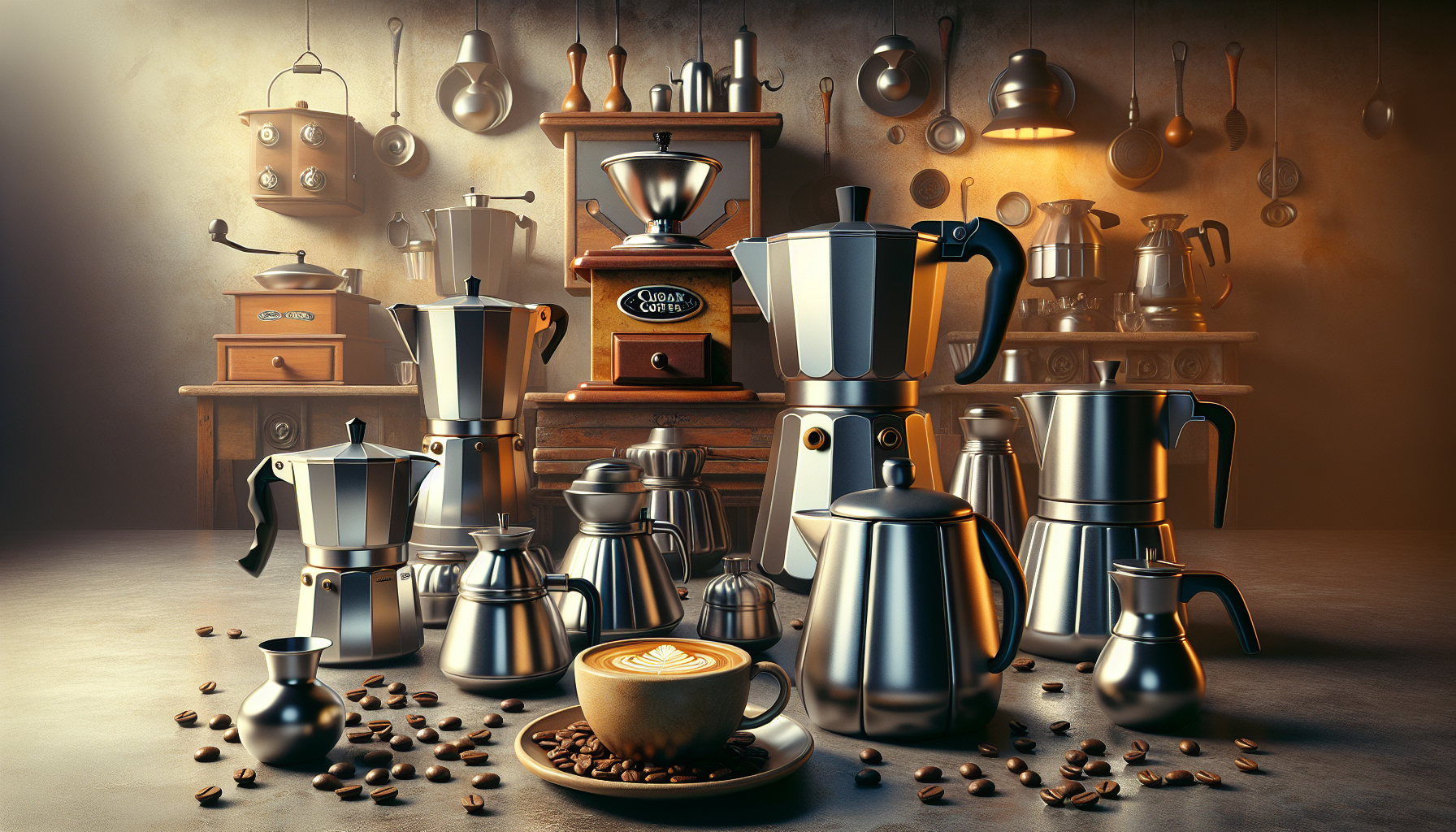
Brewing Up a Legacy: Your Journey into Cuban Coffee Culture
As we've journeyed through the world of Cuban coffee makers, it's clear that these humble devices are more than just kitchen appliances – they're gateways to a rich cultural experience. From selecting the perfect cafetera to mastering the art of the espumita, each step brings you closer to the heart of Cuban coffee tradition.
Remember, the beauty of Cuban coffee lies not just in its bold flavor, but in the ritual of preparation and the joy of sharing. Whether you're a solo sipper or a social brewer, your cafetera is a ticket to moments of pure caffeinated bliss.
As you embark on your Cuban coffee adventure, don't be afraid to experiment. Try different beans, play with ratios, and most importantly, make the experience your own. After all, the best cup of coffee is the one that brings a smile to your face and a spring to your step.
So, fire up that cafetera, invite some friends over, and let the aroma of freshly brewed Cuban coffee fill your home. Who knows? You might just start a new tradition of your own. ¡Buen provecho!
FAQ
What makes Cuban coffee different from regular espresso?
Cuban coffee is known for its intense flavor and sweetness. Unlike regular espresso, it's typically brewed with dark roasted beans and mixed with demerara sugar during the brewing process, creating a unique taste and texture. The signature espumita (foam) on top is also a distinguishing feature of authentic Cuban coffee.
Can I use any type of coffee in a Cuban coffee maker?
While you can use any coffee, for authentic Cuban flavor, it's best to use dark roasted, finely ground coffee. Brands like Café Bustelo or Pilon are popular choices. The fine grind is crucial for achieving the right extraction and flavor profile in a cafetera.
How do I clean and maintain my Cuban coffee maker?
Clean your cafetera after each use with warm water, avoiding soap as it can leave residue. Dry thoroughly to prevent mineral buildup. Periodically, run a mixture of water and vinegar through the maker to remove any coffee oils or mineral deposits. Regular maintenance ensures longevity and consistent flavor.
Is Cuban coffee stronger than regular coffee?
Yes, Cuban coffee is generally stronger and more concentrated than regular drip coffee. The brewing method in a cafetera, combined with the dark roast and fine grind, results in a more intense flavor and higher caffeine content per ounce compared to standard coffee.
What's the difference between a Cuban coffee maker and a Moka pot?
Cuban coffee makers and Moka pots are essentially the same device, often used interchangeably. Both use pressure to force hot water through coffee grounds. The main difference lies in the cultural context and brewing traditions. Cuban coffee makers are specifically associated with Cuban coffee preparation techniques and serving styles.





